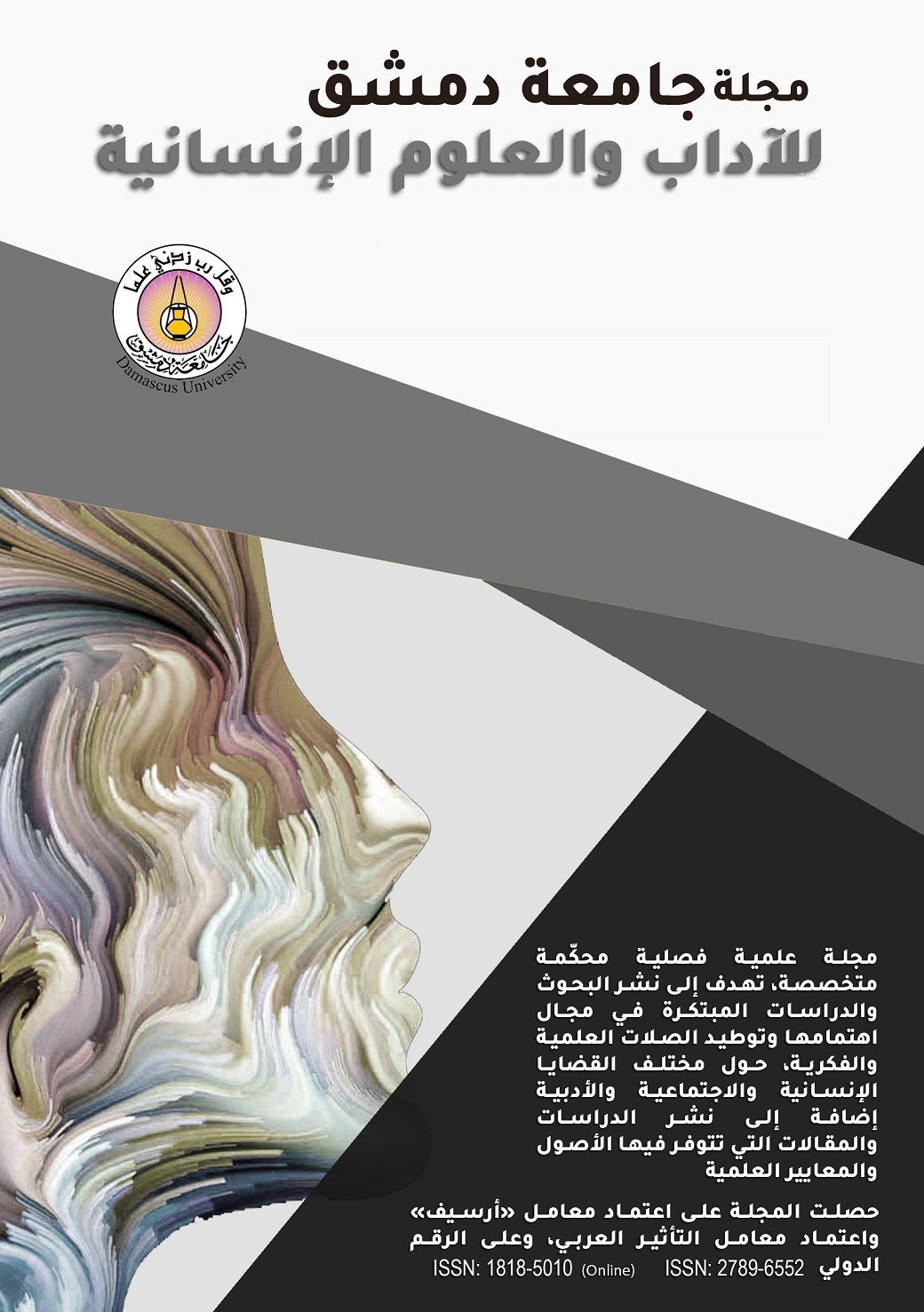Aesthetic Preference Between flowers and white flowers in Abi Waleed Al-Hemery’s book “the incomparable/exquisite of spring”
Keywords:
Aesthetic Preference, The Exquisite Of Spring, Absolute Preference, Comparative PreferenceAbstract
Aesthetic preference is a compound process contains comparisons, highlights/distinctions, and choices, among the available aesthetic substitutes, which are expressed by special aesthetic rules/judgements by the self as verbalisations or specific behavioural options.
Aesthetic preference is presented with the most splendid genres in Abi Alwaleed Al-Hemery’s book “the exquisite of spring”, it is a book of poetic and prose anthologies specialised in spring. The pieces of poem and prose in this book were brought to describe panegyric -which was the major- or lampoon -which was the minor- of a group of flowers and white flowers.
For the purpose of inference/ deduction/ induction of poetic and prose texts in the book and approximating them in the light of aesthetic concepts, Qualitative analytical method was chosen as an approach to research, which led to some results among some:
- Andalusian poets have based on their accurate observations of the variety of white flower’s aesthetic.
- Aesthetic preference in “the exquisite of spring” takes two shapes: absolute preference and comparative preference.
- Preference in the exquisite of spring, for a certain group of flowers or white flower is due to two kinds of singularity: superiority and variation
- Pure aesthetic preference is based on superiority, while variation-based aesthetic has unaesthetically elements. This contributed in clarifying stylistic phenomenon in Al-Nouriyat poem which appears clearly in “the exquisite of spring” and can be called “aesthetic reasoning” .

